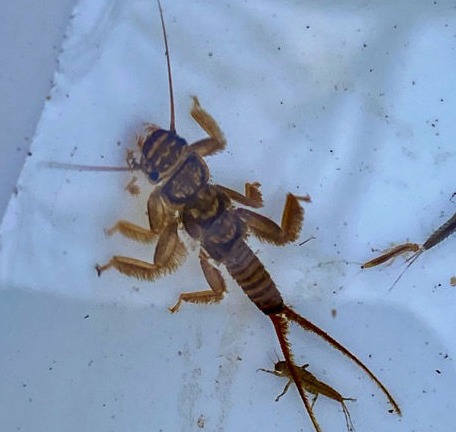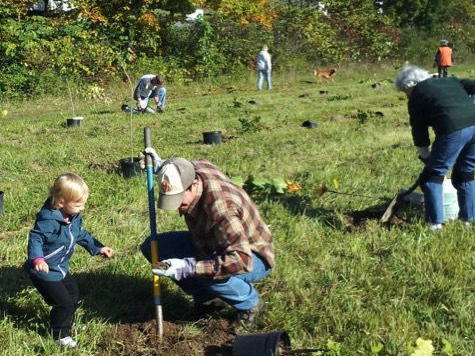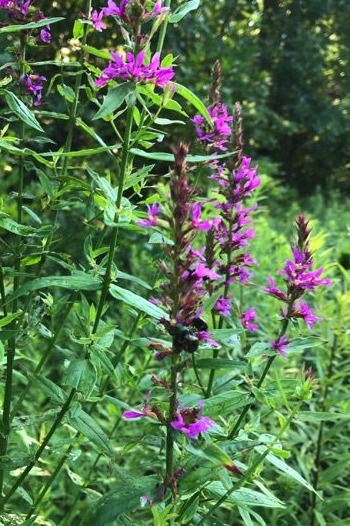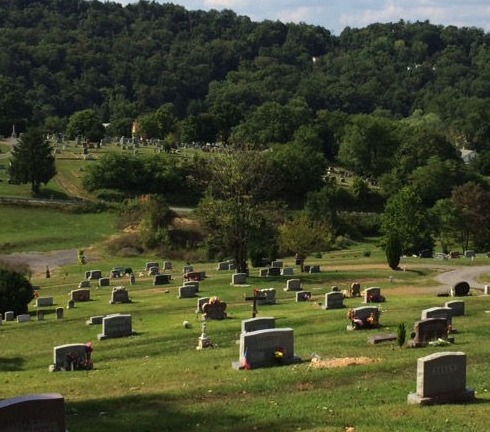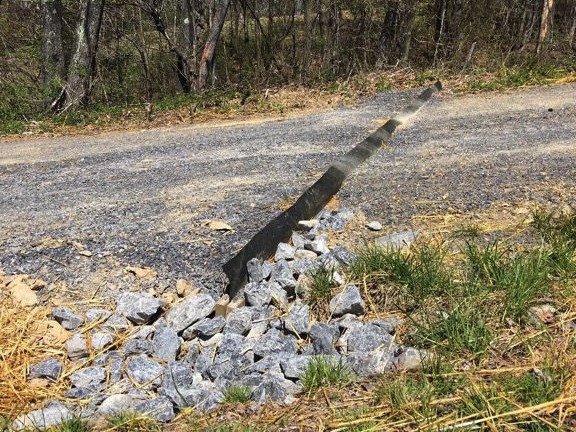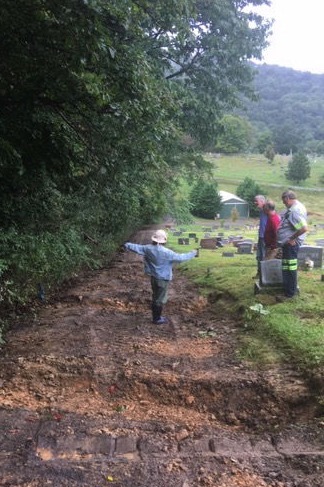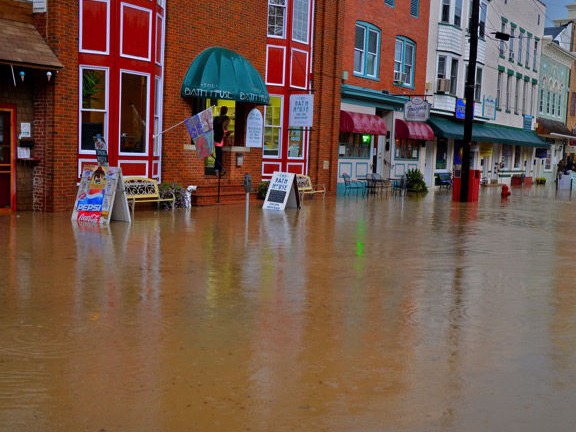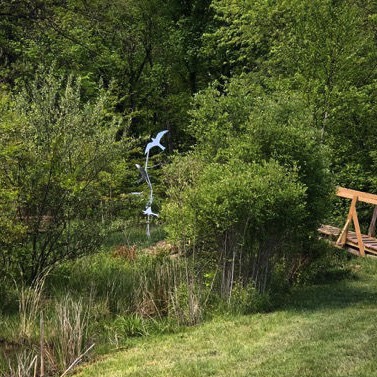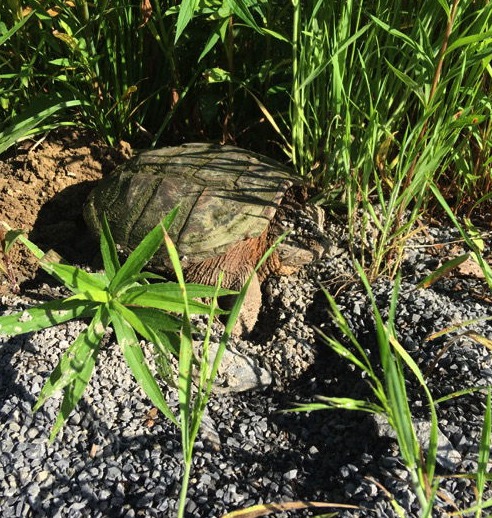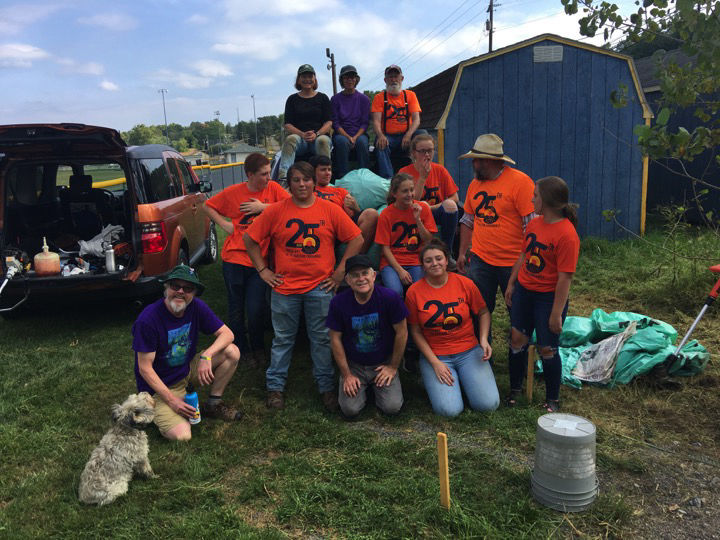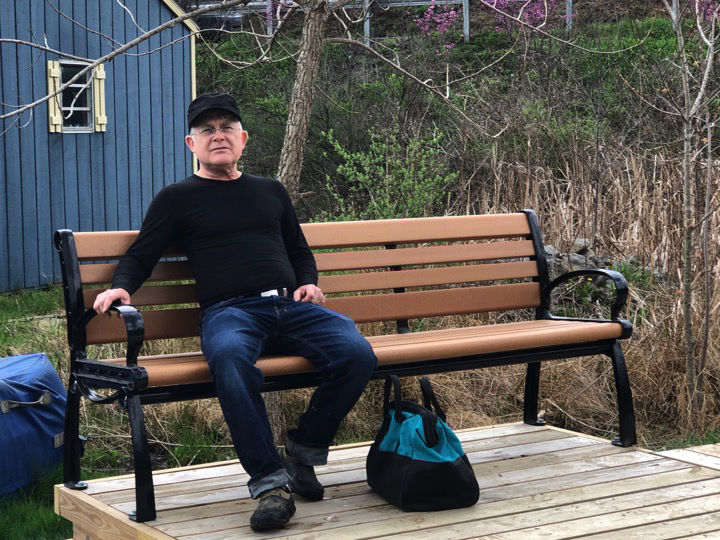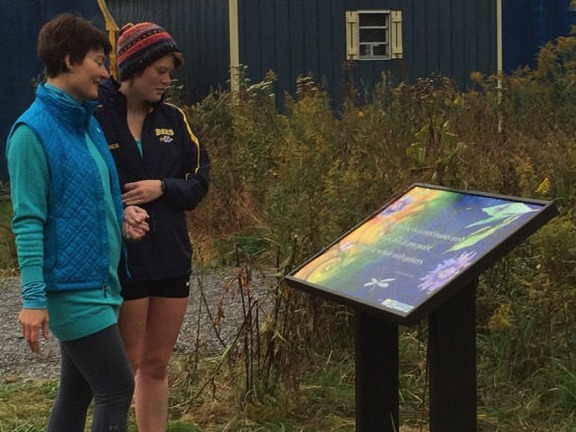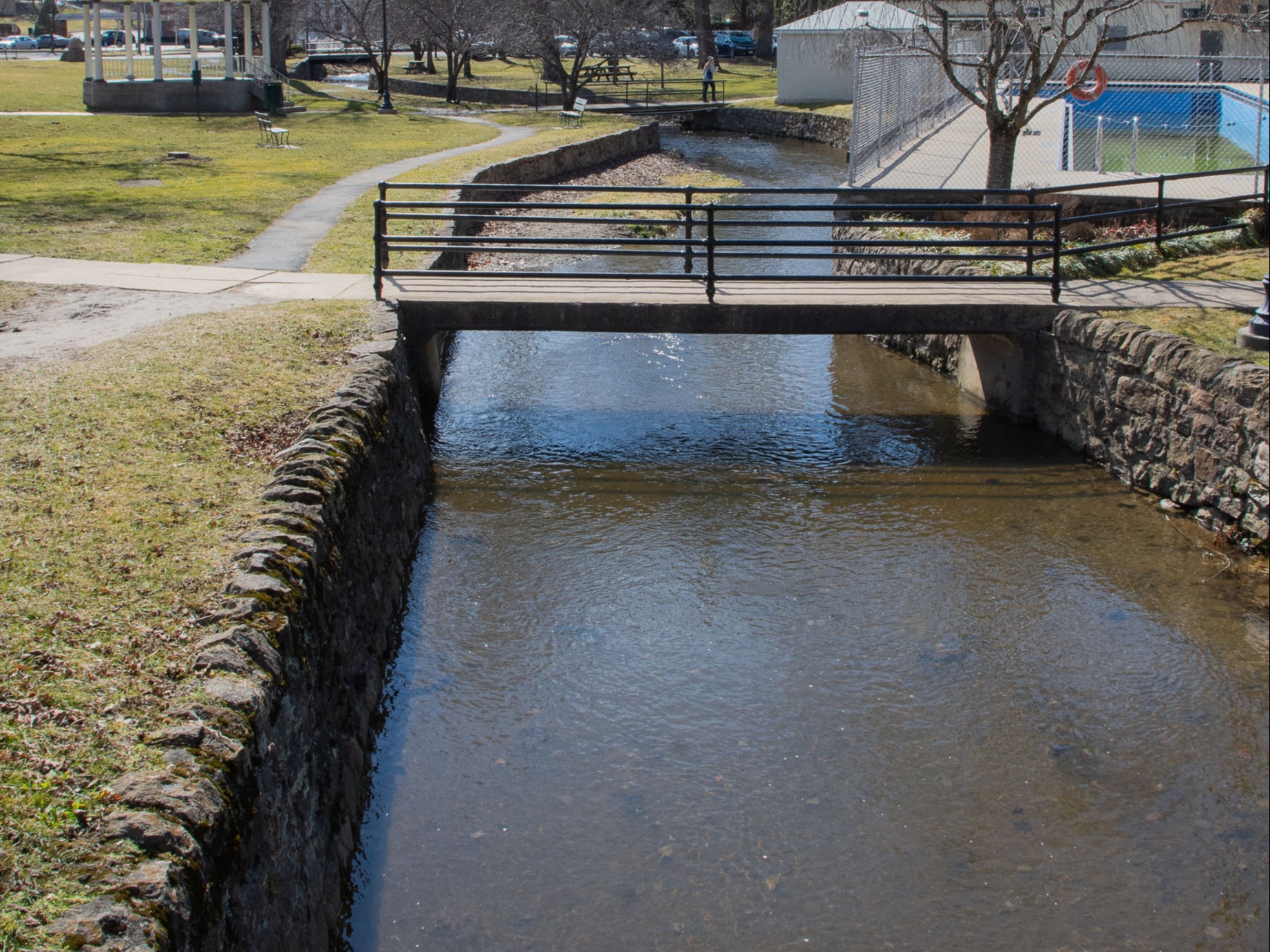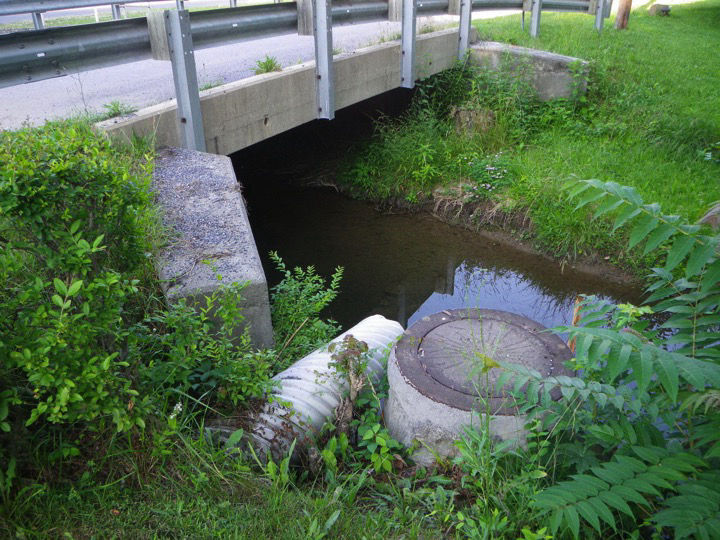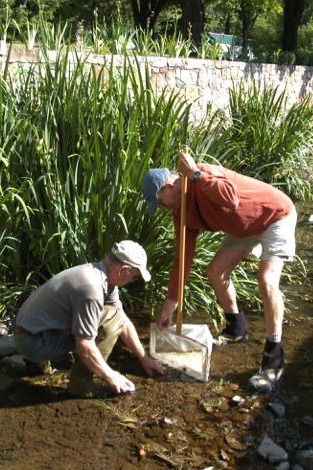
What We Do
Over the years, much of the work of WSWA has been to design and implement green stormwater Best Management Practices (BMPs) designed to reduce the volume, velocity, and purity of stormwater that makes it to the Run.
Everything requires maintenance, so we are always engaged in care and upkeep of these BMPs so they continue to operate as designed. Specifically, we weed the Greenway Cemetery rain garden several times a year, maintain the paths in the Widmyer Elementary School wetlands, and do ongoing stream monitoring at seven sites each year to determine how well green BMPs are working, as well as to determine where addition projects can be installed.
